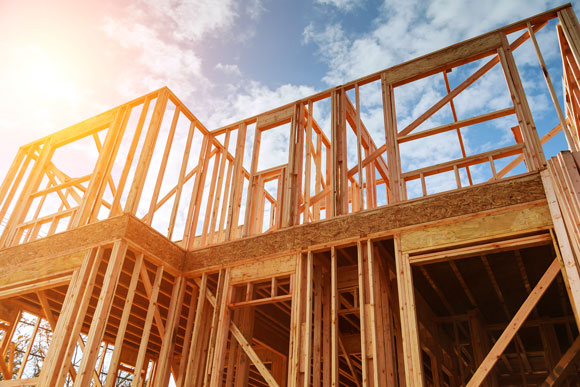Construction MMI: November U.S. construction spending jumps 4.1% year over year
The Construction Monthly Metals Index (MMI) picked up one point for a January MMI reading of 79.
Looking for metal price forecasting and data analysis in one easy-to-use platform? Inquire about MetalMiner Insights today!
U.S. construction spending
Spending on construction in the U.S. during November 2019 reached a seasonally adjusted annual rate of $1,324.1 billion, according to the most recently available data from the U.S. Census Bureau.
The November total marked a 0.6% increase from October’s revised estimate of $1,316.8 billion and a 4.1% increase from November 2018’s $1,271.4 billion.
Meanwhile, through the first 11 months of 2019, spending amounted to $1,201.6 billion, down 0.8% from the same period in 2018.
Broken down further, spending on private construction reached a seasonally adjusted annual rate of $985.5 billion in November, up 0.4% from October. Residential construction spending rose 1.9% to $536.1 billion, while nonresidential construction fell 1.2% to $449.4 billion.
As for public construction, spending reached a seasonally adjusted annual rate of $338.6 billion, marking a 0.9% increase from the previous month. Education construction spending hit $83.9 billion, about flat compared with October. Spending on highway construction increased 2.2% to $96.4 billion.
Billings continue recovery in November
In other construction-sector indicators, the Architecture Billings Index (ABI), put out by the American Institute of Architects, checked in at 51.9 for November after registering at 52.0 the previous month. (Any reading greater than 50 indicates billings growth.)
The last two months of ABI readings form a positive trend for the sector, given that the index lagged for most of 2019.
“Following several months of flat and declining billings through the spring and summer, a slight majority of firms are once again reporting that business conditions are improving,” the ABI report for November states. “In addition, inquiries into new work strengthened in November, and the value of new design contracts also remained fairly strong. Although some firms continue to report a softening in their billings, the overall picture is one of at least modest growth continuing into the near future.”
By region, the South led the way with a November reading of 54.5, followed by the West (51.3), Midwest (51.1) and Northeast (47.5).
This month’s ABI survey question asked architecture firms about their biggest “business-related concerns” for 2020. Of the responding firms, 28% cited increasing profitability as one of their top concerns for 2020, while 24% indicated managing rising costs was one of their focal points for the year ahead.
Pending home sales rise 1.2% in November
As for the U.S. housing market, pending home sales increased 1.2% in November, according to the National Association of Realtors (NAR).
The Pending Homes Sales Index hit 108.5 in November (a reading of 100 is equivalent to the level of contract activity in 2001).
“Despite the insufficient level of inventory, pending home contracts still increased in November,” said Lawrence Yun, NAR’s chief economist. “The favorable conditions are expected throughout 2020 as well, but supply is not yet meeting the healthy demand.”
Keep up to date on everything going on in the world of trade and tariffs via MetalMiner’s Trade Resource Center.
Actual metals prices and trends
Chinese rebar fell 8.5% month over month to $525.60/mt as of Jan. 1. Chinese H-beam steel fell 1.5% to $519.86/mt.
U.S. shredded scrap steel jumped 18.3% to $278/st.
European commercial 1050 aluminum sheet increased 3.5% to $2,569.56/mt.




Leave a Reply